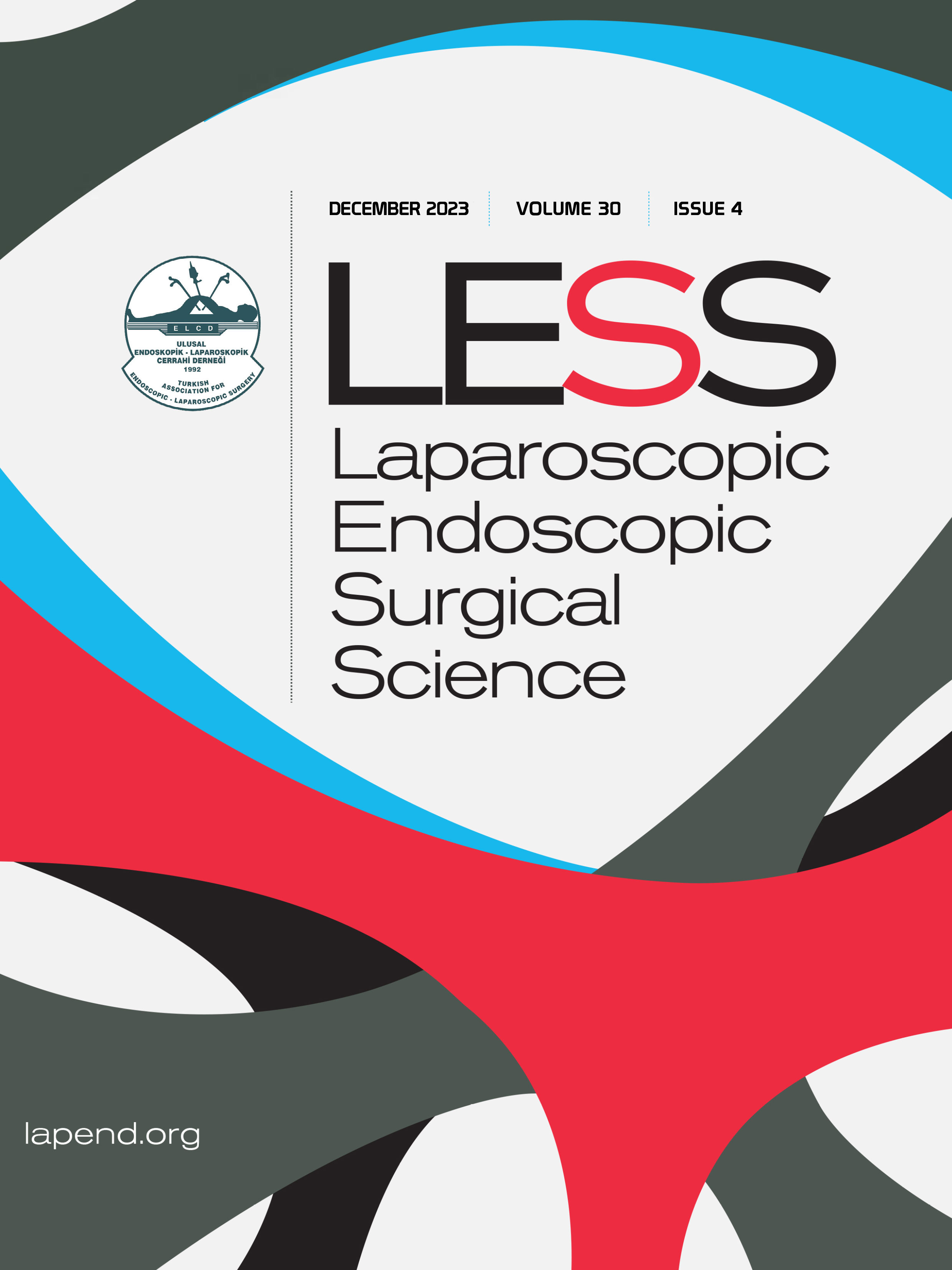Robotic repair of complicated vesico (-utero)/cervico-vaginal fistula after caesarean section
Pengfei Wang1, Michael Mesbah1, George Lazarou2, Matthew Wells1, Farr Nezhat11Division of Minimally Invasive Gynecologic Surgery and Robotics, Obstetrics and Gynecology Department, NYU-Winthrop Hospital, Mineola, New York, United States2Division of Urogynecology, Obstetrics and Gynecology Department, NYU-Winthrop Hospital, Mineola, New York, United States
In developed countries, urogenital fistula primarily occurs after gynecological surgeries, but rarely, it may be seen as a result of obstetric complications. The primary treatment of a urogenital fistula is either transvaginal or transabdominal surgical repair. Presently described is the case of a 36-year-old woman (G3P3003) who developed a complicated large vesico-(utero)/cervico-vaginal fistula after an emergent repeat caesarean section. Robotic repair was performed 2 months after the injury using a modified OConnor method. Blood loss was minimal and the patient was only in the hospital for 1 day postoperatively. Follow-up showed complete healing of the fistula with no urine leakage, frequency or dyspareunia, and a normal menstrual period up to one year. This case demonstrates that robotic surgery can be effective in the management of complicated urogenital fistula repair.
Keywords: Cesarean section, robotic surgery; urogenital fistula.Manuscript Language: English















